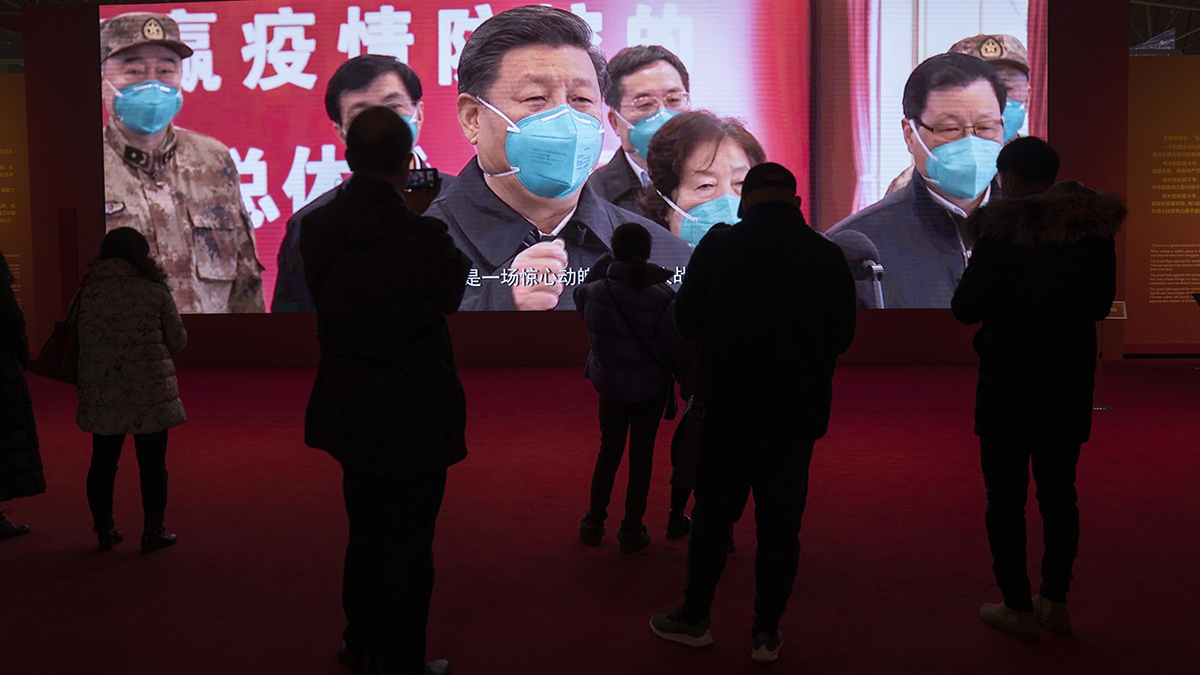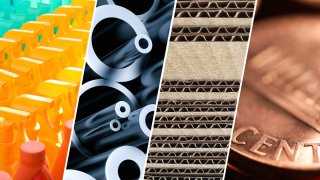
The rate of decay for the coronavirus is different depending on the surface type and conditions like humidity and temperature.
Cardboard, steel, plastic and copper all were tested in a study published last week, and showed that the time the virus lingers can vary. (The longest is up to three days. Below is a breakdown by surface type.)
But one infectious disease expert guesses that the number of people worldwide who have been infected so far -- 400,000 and growing -- by touching, say, a cereal box at the grocery store "is zero percent."
"How many people became infected because they touched a cereal box? Off the top of my head, I would think it’s zero percent have been affected," Dr. Michael Le Vasseur, a Drexel University epidemiologist, said.
"How long it lasts on a surface doesn’t matter to me as a professional or as a person. To me, it’s wash your hands," Le Vasseur said. "At the store, when you get money back and it has virus on it and you put it in your wallet, you’re not going to get infected if you wash your hands when you get home."
Research already done both in China and by the Centers for Disease Control on the spread of the virus shows that the most likely way people are being infected is through household contacts. In other words, the most likely way you'll get COVID-19 is through family members or roommates.
It's about "close contact," Le Vasseur said, which is also why it's so important that medical staff like medics, nurses and doctors who are in constant contact with COVID-19 patients are able to have protective gear.
Coronavirus Pandemic
Full coverage of the COVID-19 outbreak and how it impacts you
"Standing in line at the grocery store and someone breathes on you? It’s not an important mode of transmission," he said.
With that in mind, here is a breakdown of the time the virus can remain on surfaces tested by scientists for the New England Journal of Medicine report:
Plastic: 48-72 Hours
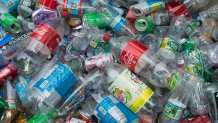
While the study showed that the virus could linger on plastic for up to three days, the amount of the virus that made it that length of time was only a fraction of the amount that was applied at the start. In other words, the virus decays rapidly over the course of two to three days.
Steel: 48-72 Hours
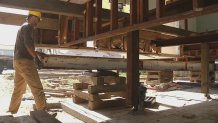
A similar decay of the virus occurs on steel as it does on plastic. Only a small amount of the virus quantity that was found on the steel at the initial testing point was found after 72 hours.
Cardboard: 24 Hours
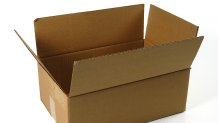
As with the first two surface types, the amount of virus that lasts on cardboard to the full 24 hours is a tiny fraction.
Copper: 4 Hours
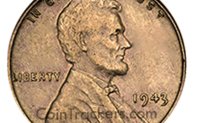
This soft metal has long been known for its fast viral decay rate, and this coronavirus proved no different.

